Our arrival to the Caribbean coast of Colombia was a long, drawn out affair, having travelled 1,000km over three days from Medellin. Yet what was anything but gradual was the instant heat and humidity that bowled us over on arrival.
Our first destination was the small town of Palomino. Palomino’s location near the Venezuelan border results in large amounts of passing trade and people. Since petrol in Venezuela costs nearly a tenth of what it costs in Colombia, contraband oil plays a large part in the economy of the town. Yet it was the tourism side of the town that we mainly saw.
Staying in a beachside campsite a couple of kilometres outside the town, we spent the first couple of days relaxing on the sand and in the waves. The heat was pretty intense however so nighttime was definitely a struggle inside our vehicle.
On our third day we went into Palomino town to sample some delicious cuisine and witness where the Rio Palomino entered the Caribbean Sea. It really was remarkable to see the two bodies of water meet, and to feel the huge temperature difference between the fresh and saltwater.
Having seen this, we decided to come back the next day and try the river tubing that seemed to be advertised all over the town. After a short trip to our starting point, we were quickly into our inflatable tubes and slowly travelling down the river. We really enjoyed the experience, albeit it was a slightly shorter version route than usual due to an impending storm.
And what a storm it was! I can probably say that it was the longest, most powerful rain that I have ever witnessed. The streets almost instantly flooded as most of the beachgoers ran for cover. We did admire one couple who insisted on dancing on the beach as the rain, thunder and lightning continued relentlessly!
We left Palomino the following day for the world famous Parque Nacional Tayrona. We stayed at an informal campsite 15 minutes from the park entrance. The next morning we took a local bus there and paid our not insignificant entrance fees. Due to the huge international tourist interest in visiting the park, we found everything there to be quite expensive for our budget. As such, we chose to just spend the one day there. There were plenty of accommodation options available that I am sure would have been lovely to experience.
The day in the park was great. We walked the trail past Cañaveral and Arrecifes before arriving at La Piscina beach. There we bathed happily and enjoyed a well deserved picnic! The out-and-back trail takes you through the thick jungle. We saw monkeys amongst other wildlife, but the humidity really did take its toll at times. We arrived back to the park entrance a little before the closing time and again jumped on a local bus to bring us back to the camper van.
We then proceeded to a small town called Gaira located just outside Santa Marta. There we would stay in a friends apartment, which given the continued high temperatures, was really a welcome break. On the odd occasions that we managed to drag ourselves out of the apartment and swimming pool, we enjoyed the local beach and couple of restaurants located within walking distance. The area itself is relatively new, so don’t expect to find much of the charm that the more historic towns in Colombia have. But we were certainly happy to spend some downtime there.
We did venture into Santa Marta on a coupe of occasions, as we needed to extend our Colombian travel visas. Our perception of the city was so so, with plenty of rubbish and poverty in the areas that we managed to visit. There are undoubtedly much more appealing areas in the city, however we did not get to them.
Minca was somewhere we had wanted to visit. Located an hour or so from Santa Marta, we had read that any sort of large vehicles were effectively unable to enter and stay in the city. As such, we made our way there via public transport and stayed in a small hotel for a couple of nights. A little bit of effort and additional cost involved but we took the chance. It turned out that it was absolutely worthwhile. We enjoyed this charming little town, and also the beautiful nature surrounding it.
Having sampled some charming local eateries, our last to-do was to hike to the Cascada Pol waterfall. An out-and-back trail totalling about 8km, with a swim at the mid-point, this was a great way to spend the day with the family. The only point of note was the unusually high entrance costs to the waterfall, whereby both adults and kids of all ages paid the same (something very unusual for South America).
Our penultimate stop along the Caribbean Coast was Barranquilla. The home of Colombia’s international football matches (due to the effect of the oppressive heat and humidity there for the opposing teams), we were immediately in no doubt as to this rationale.
We spent a very sweaty and sticky night there parked along the famous El Gran Malecón. This is a 5km boardwalk set alongside the Rio Magdalena. The facilities there are really impressive, with outdoor gyms, beach and tarmac football pitches and basketball courts ever-present. We also had huge excitement within our camper van arriving to the Gran Malecón. The singer Shakira hails from Barranquilla and there is a wonderful statue of her there to recognise her achievements. Our kids had become Shakira-mad during our three months in Colombia, so were delighted to wait the 20 minutes in took to get a photo with her!
Our last port of call in Colombia would be the city of Cartagena (de Indias). Located 135km from Barranquilla, the city is abuzz with locals and tourists alike. While tourists from all countries flock to this historic location, Colombians love it too and make any excuse to get there. Any industry conference, awards ceremony or other formal gathering seem to get pencilled in for Cartagena. This makes it a real year-round venue to visit.
Our time there would be longer than many others, but possibly visiting less than most do. We were principally there to ship our vehicle to Panama via one of the large commercial ships that pass through the huge port. This process is rather tedious and time consuming, and requires plenty of patience.
Aside from the time spent facilitating this, and navigating the partially flooded city after heavy rains, we really loved the historic centre and all it had to offer. We walked on the beautiful wall surrounding the old town, we strolled through the small streets and enjoyed wonderful local food and drinks. The atmosphere was friendly, safe, welcoming and pretty much hassle-free (we had been warned that street-sellers were very aggressive here but we did not find this to be the case at all). We also got to experience the Getsemani area of the city, and all the art and culture that it has to offer.
We also spent plenty of time at the beaches close to our rental apartment in the Bocagrande area of the city. While not the pristine white sandy beaches of other Caribbean locations, they were still very enjoyable and helped us cool off during the continued heat.
Bocagrande also hosts an annual Halloween extravaganza for young and old to enjoy. The neighbourhood around Calle 5a comes to life, with many residential and commercial buildings elaborately decorated, supplying endless sweets and even hosting open-parties for the masses who descend on the area. We absolutely loved the experience of a Halloween night there, and would thoroughly recommend anyone in the city at this time of year to follow-suit.
The Caribbean area of Colombia is unique when compared to the rest of Colombia. Not only is the temperature from another world, the people, the atmosphere and the way of life are all very different. We really liked the places that we went to, although travelling in a camper van such as our in this type of weather is really challenging.
Maybe best to visit here with the vehicle safely tucked away back in the mountains of Bogota or Medellín!
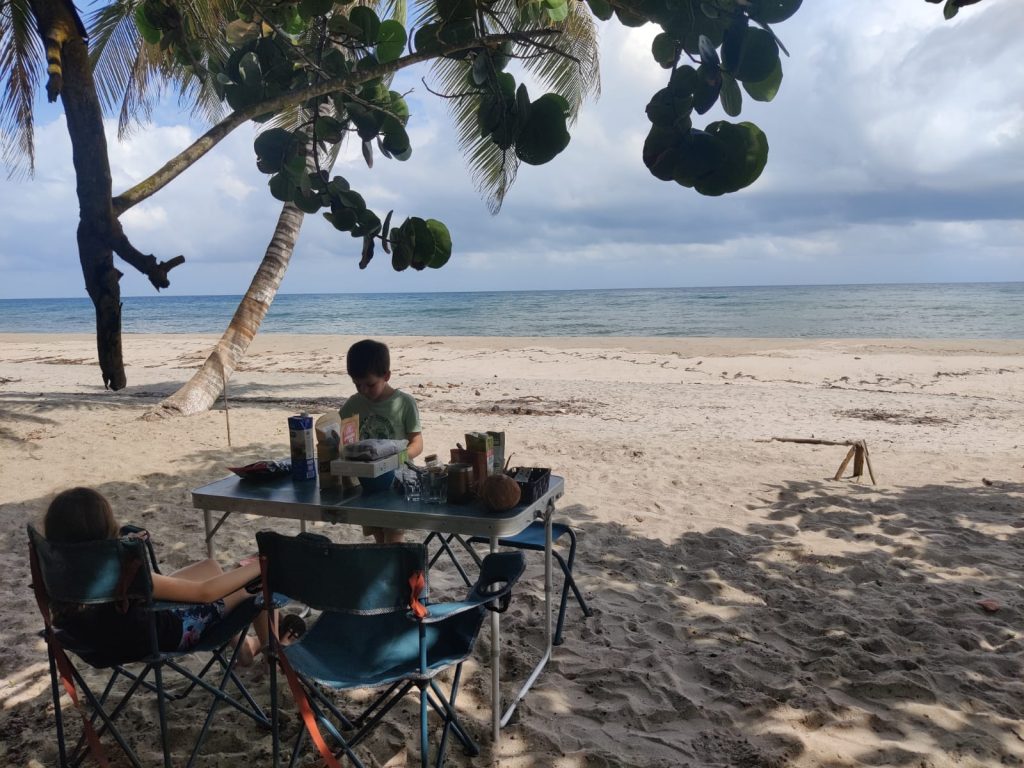
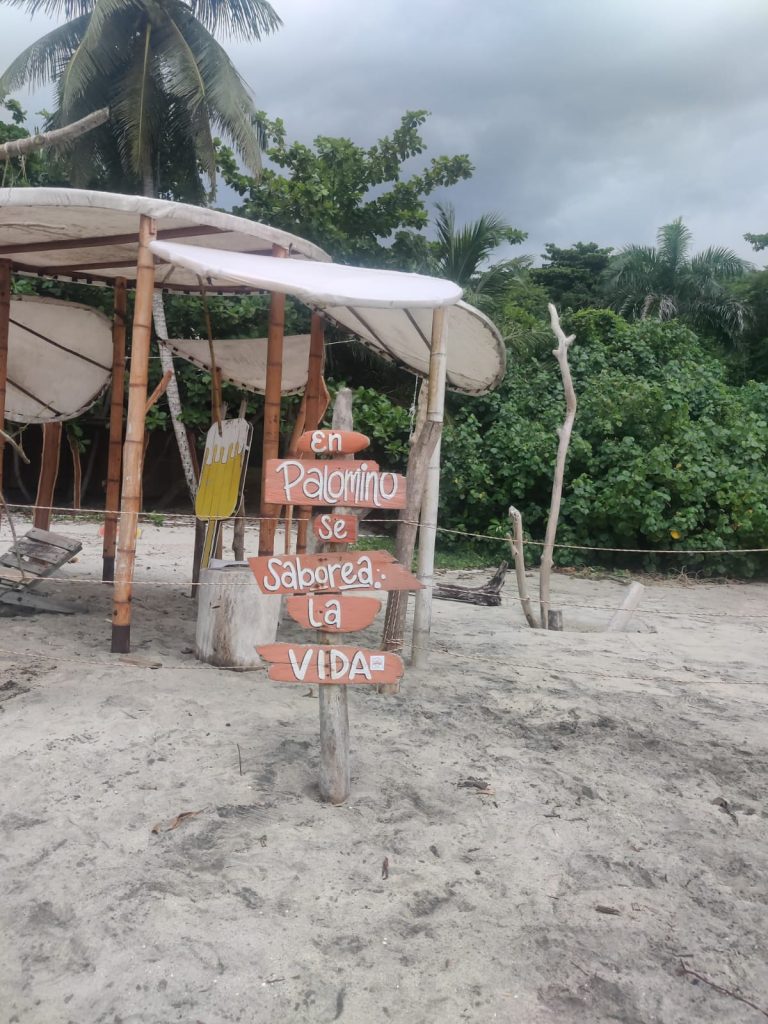

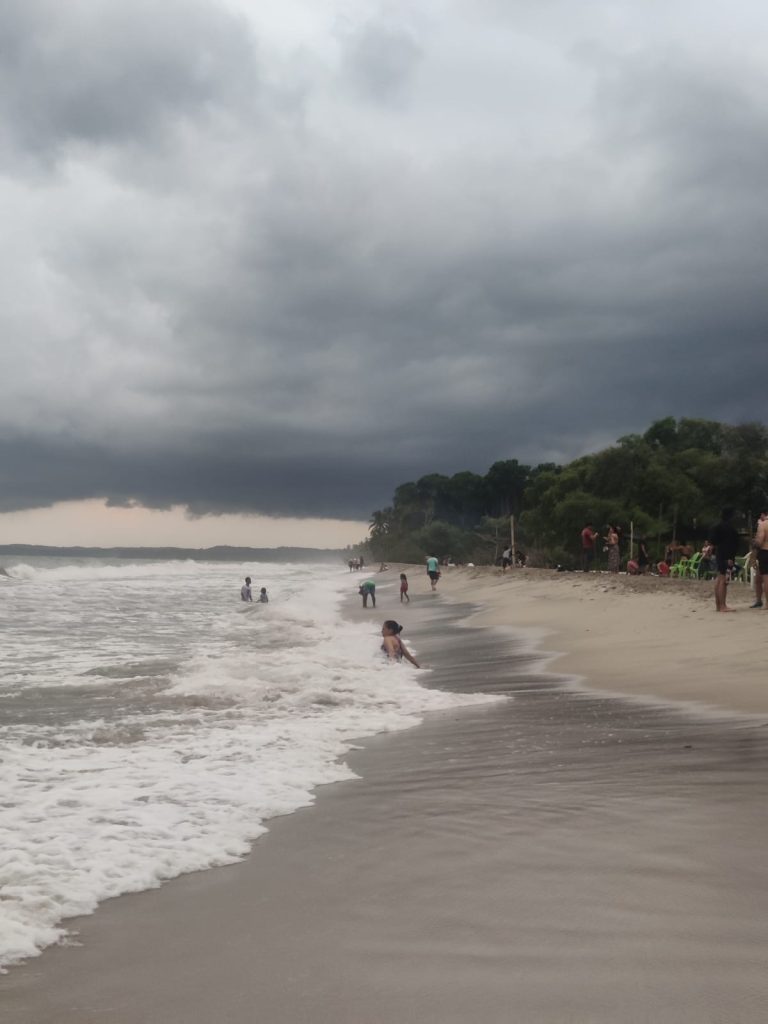
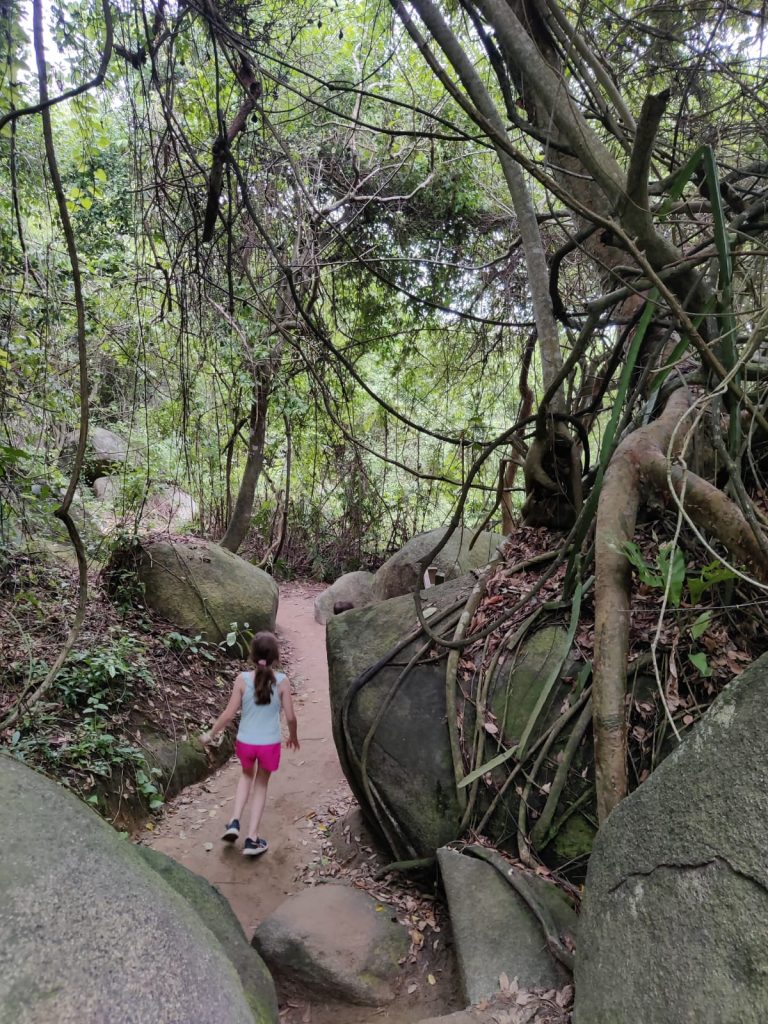
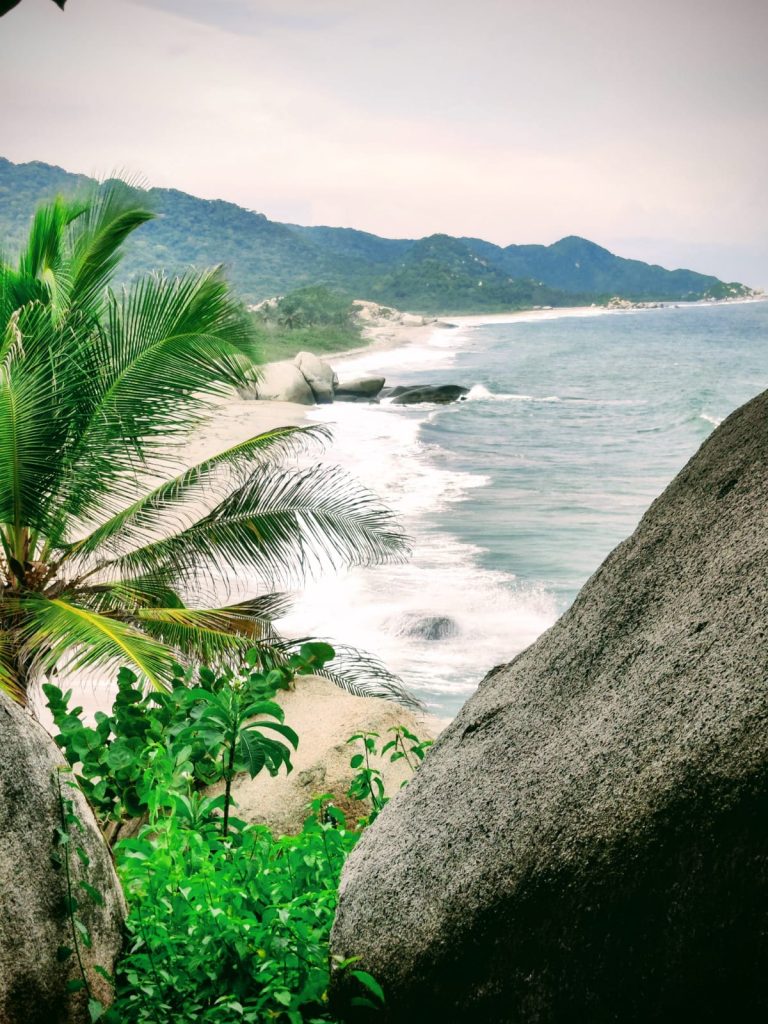
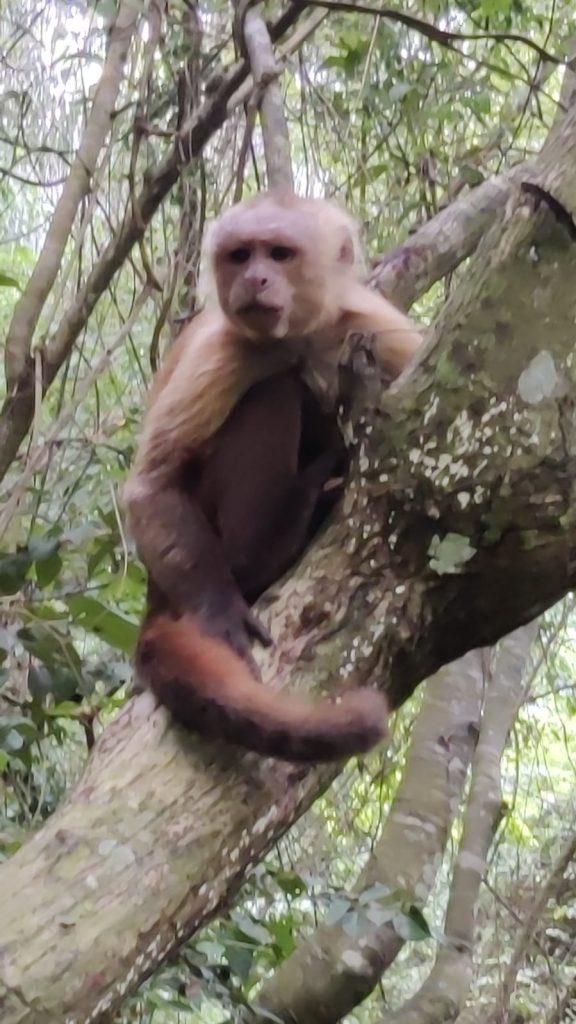
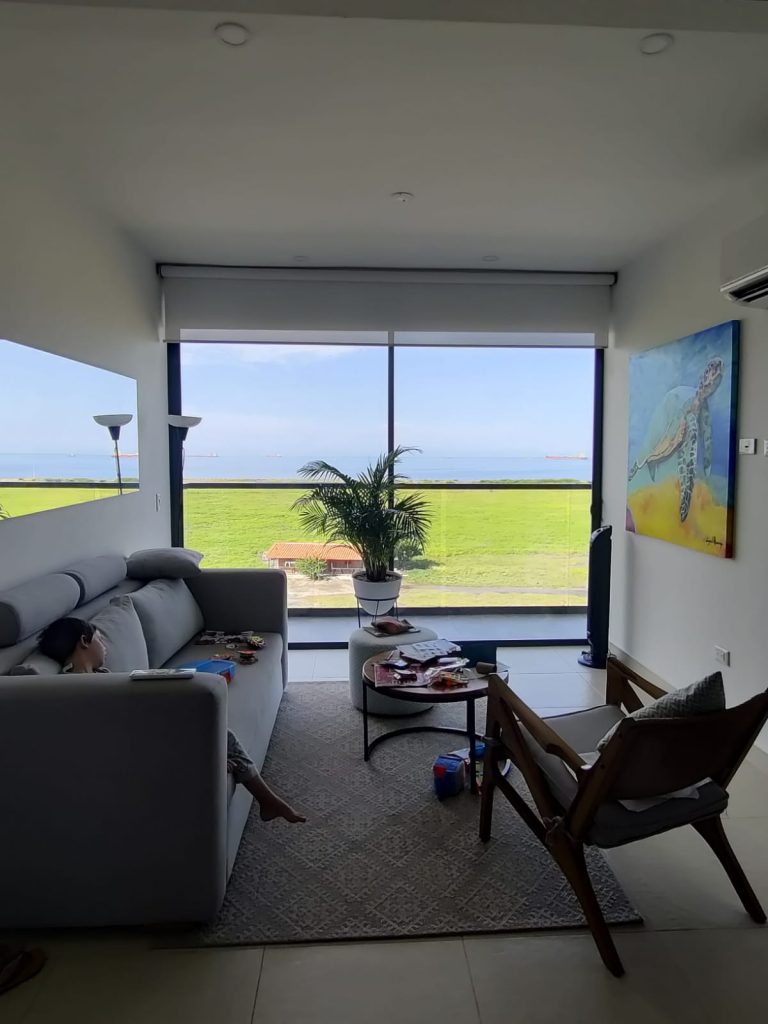
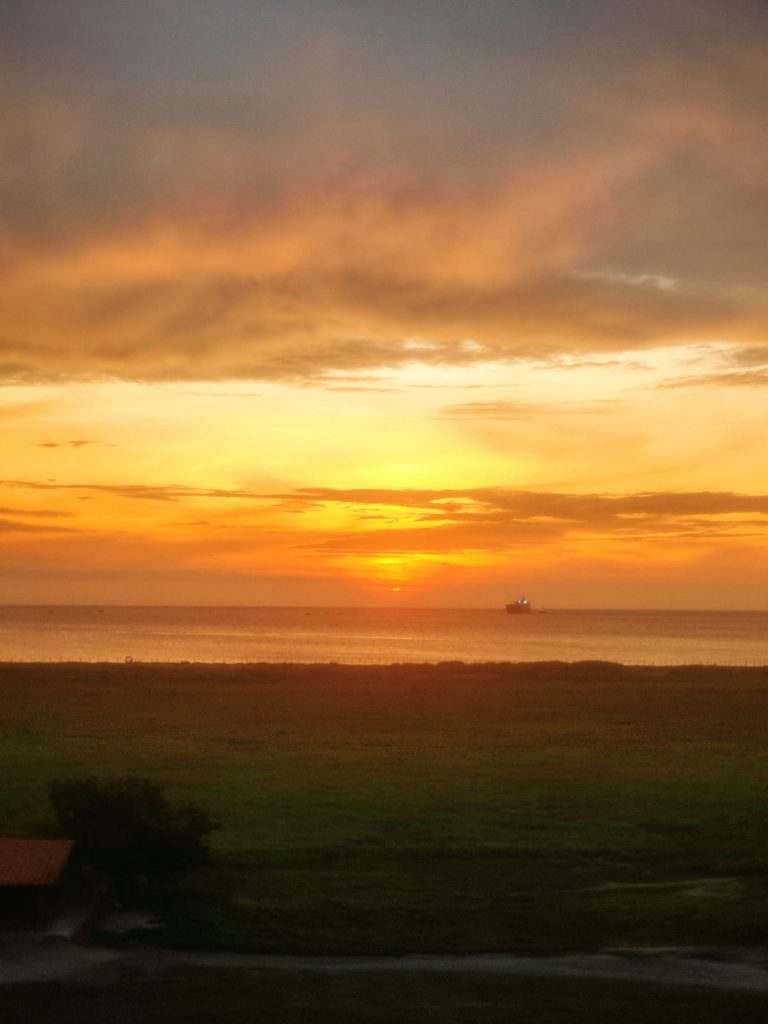
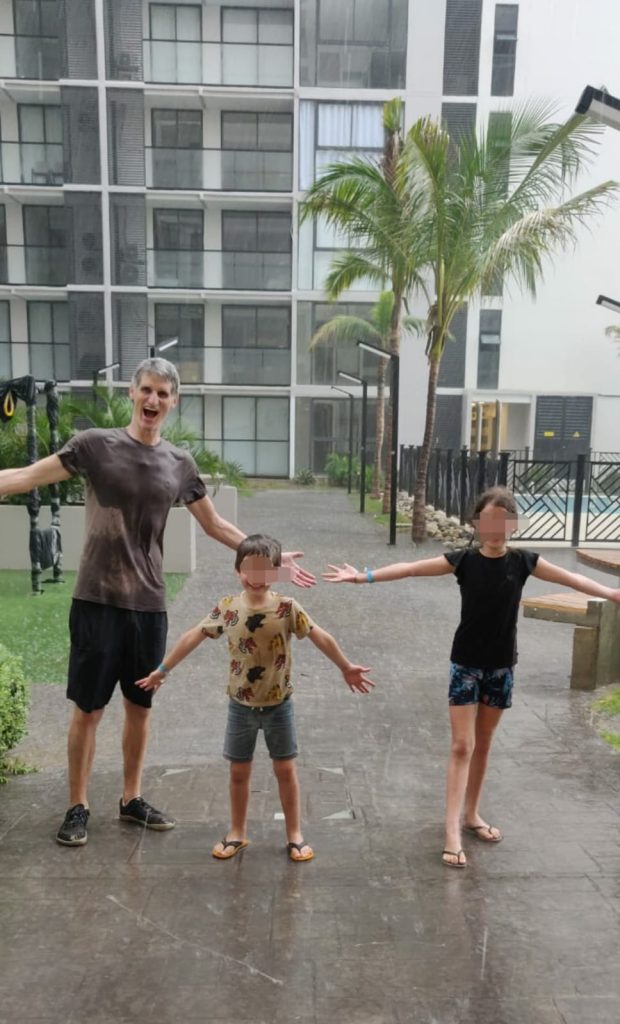
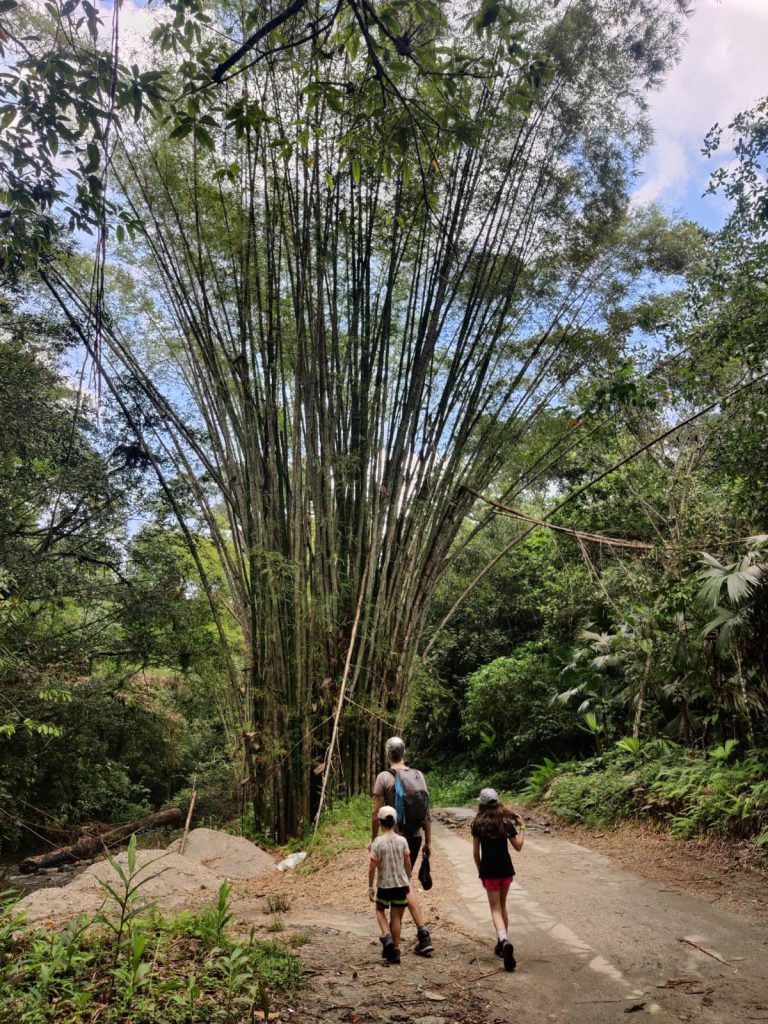
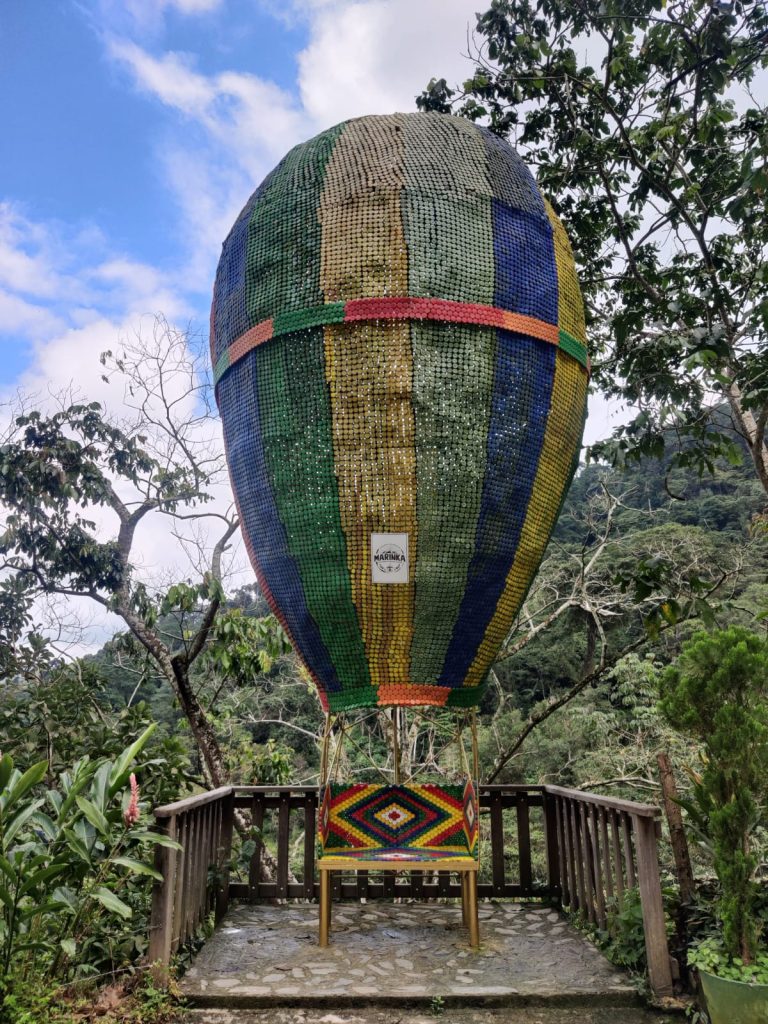
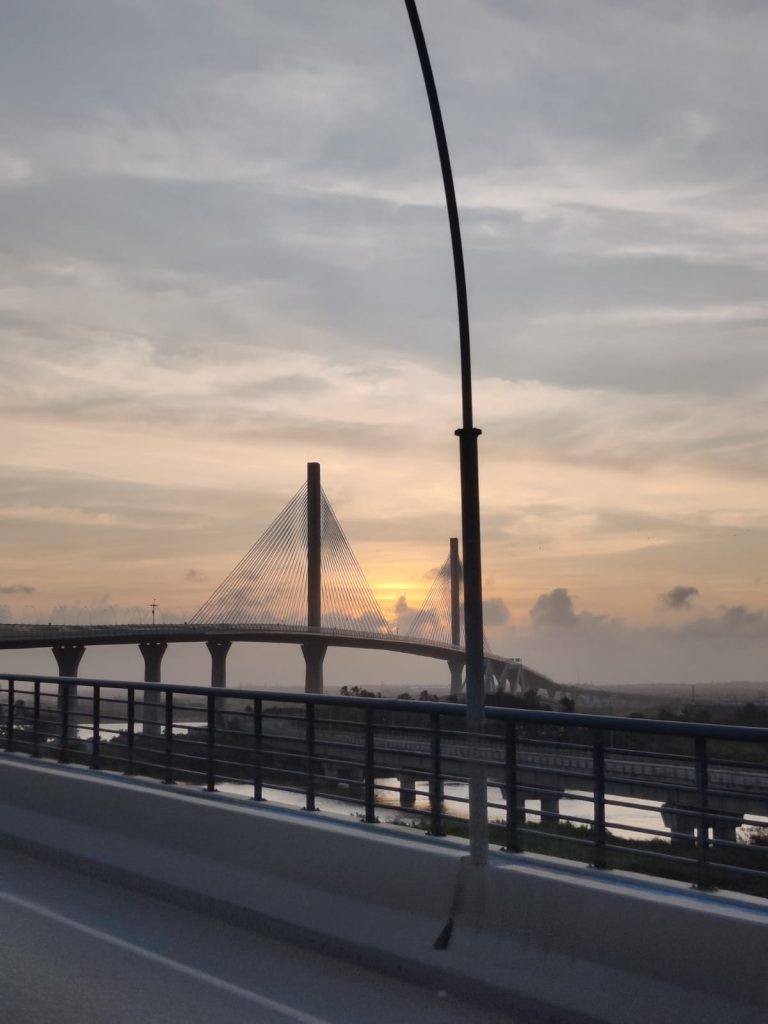
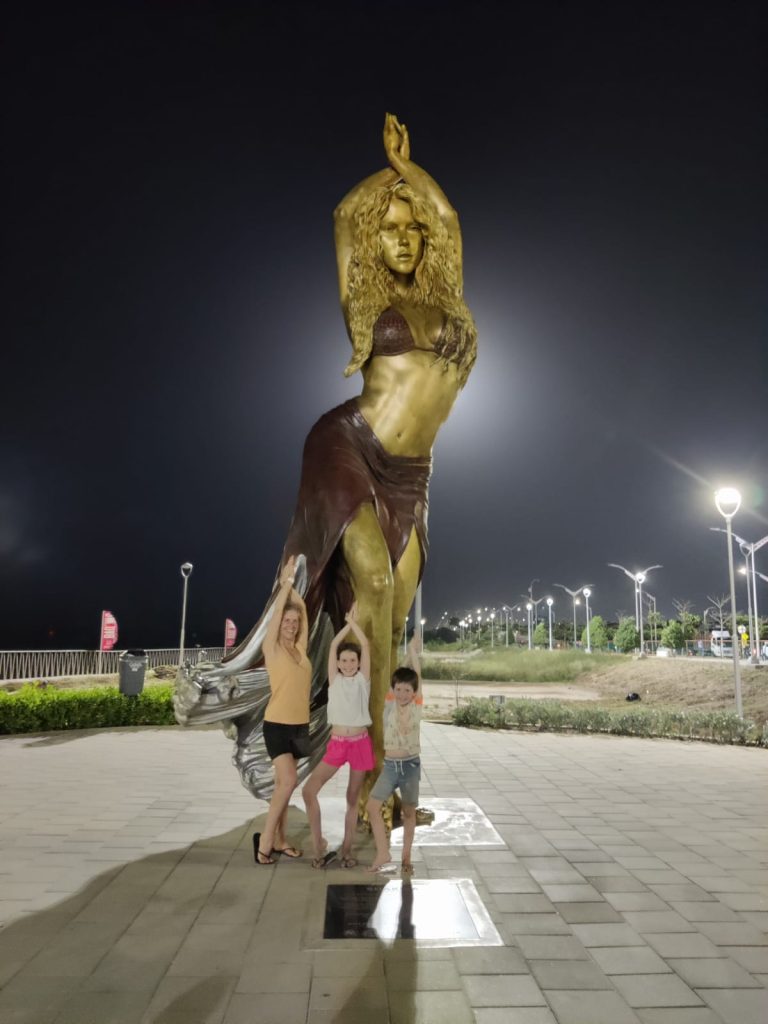
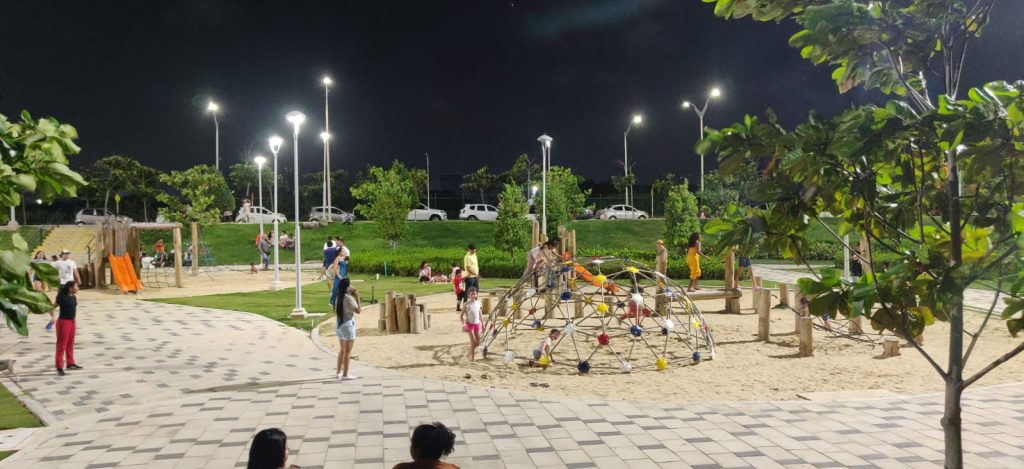
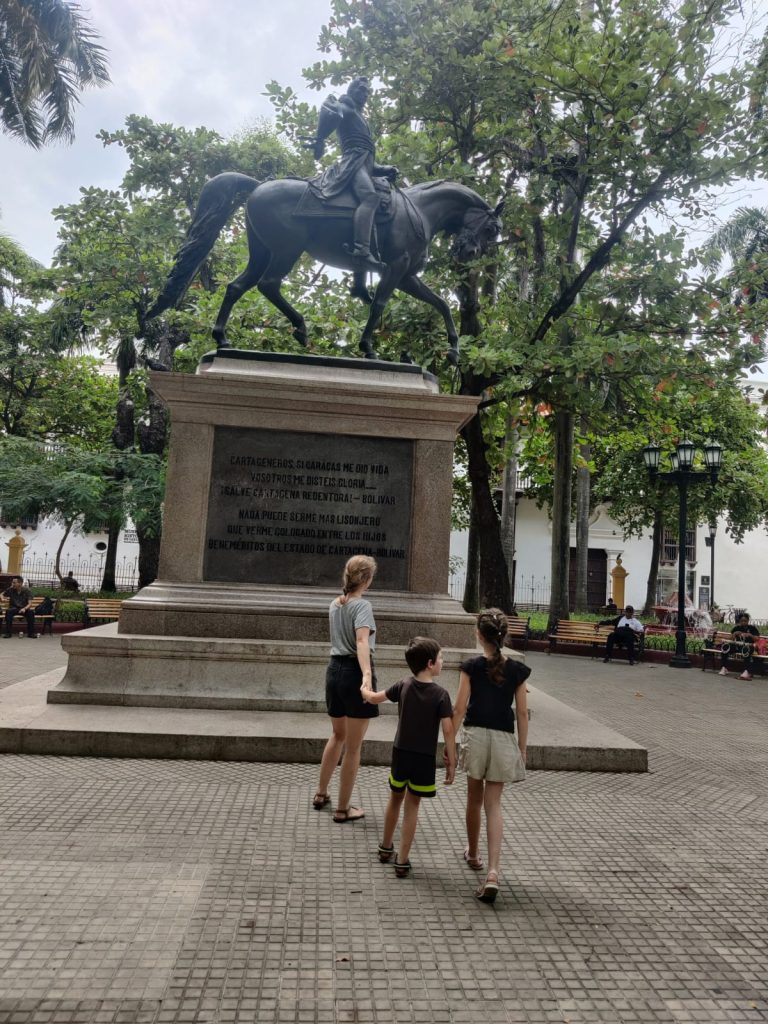
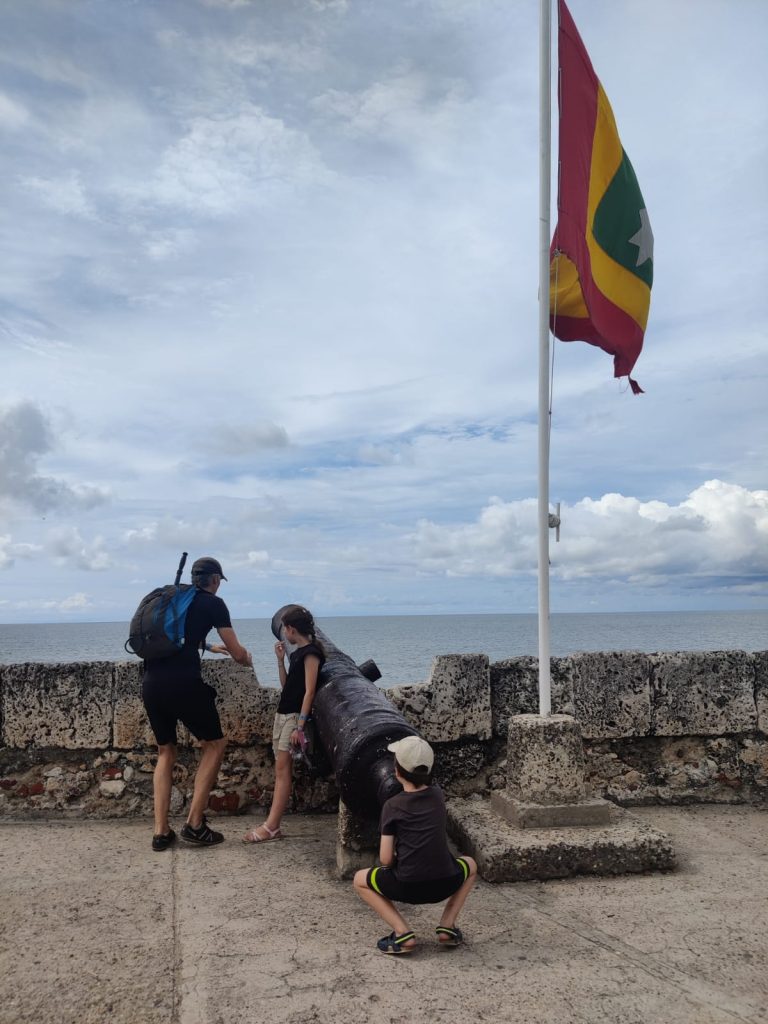
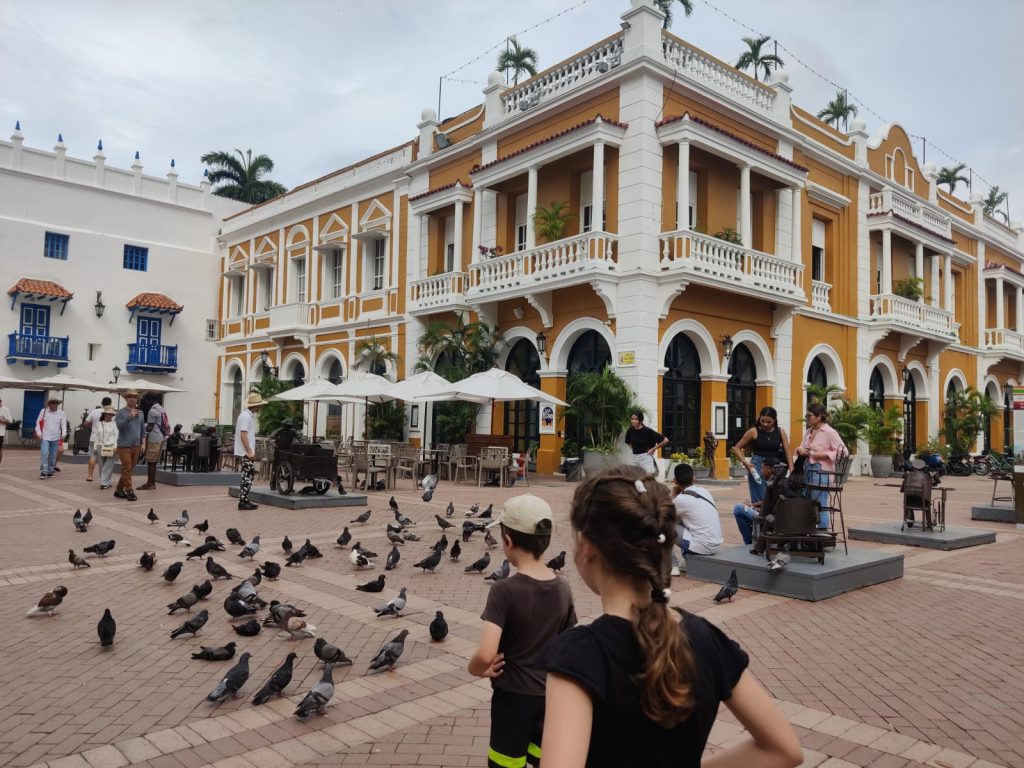
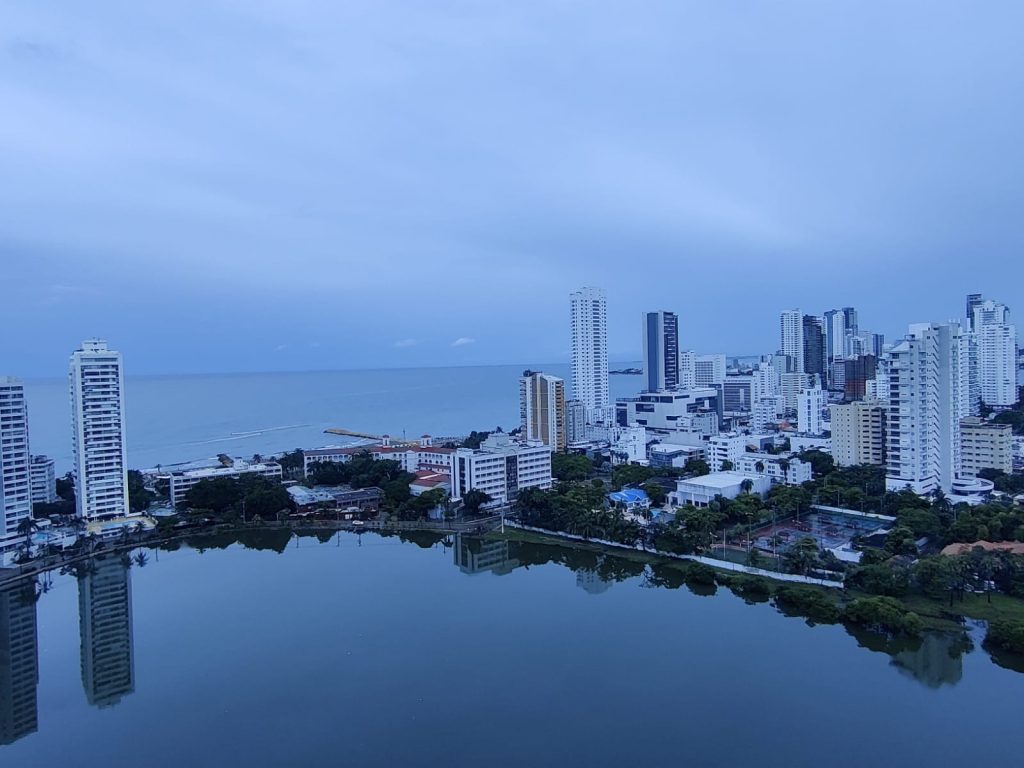
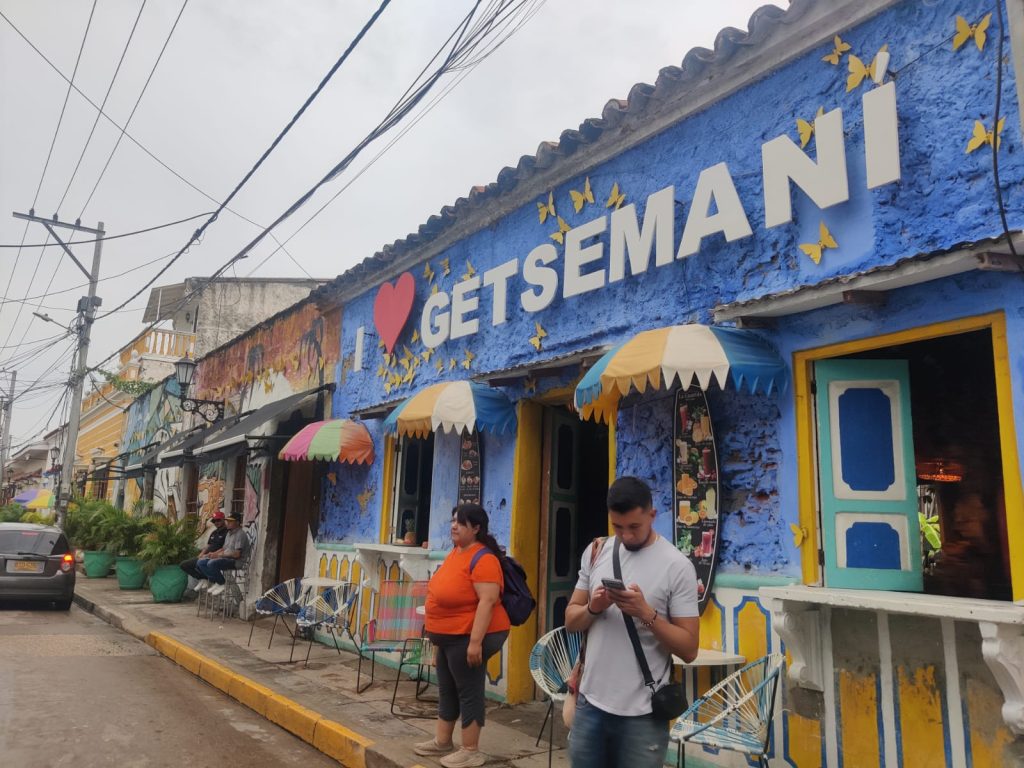
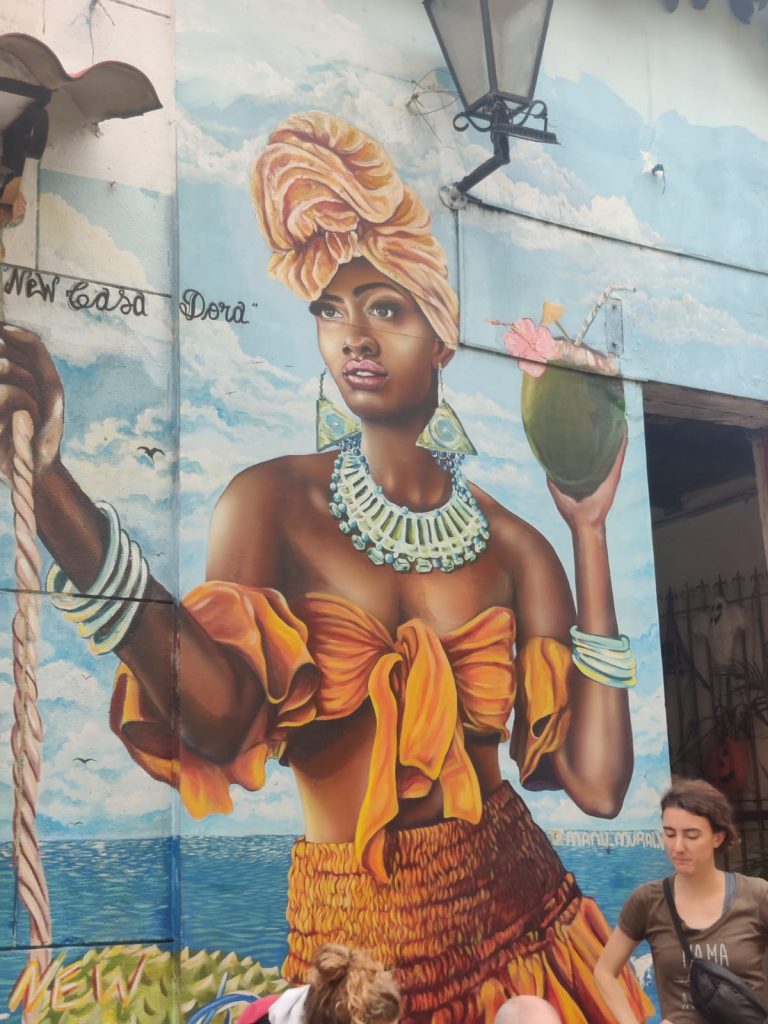
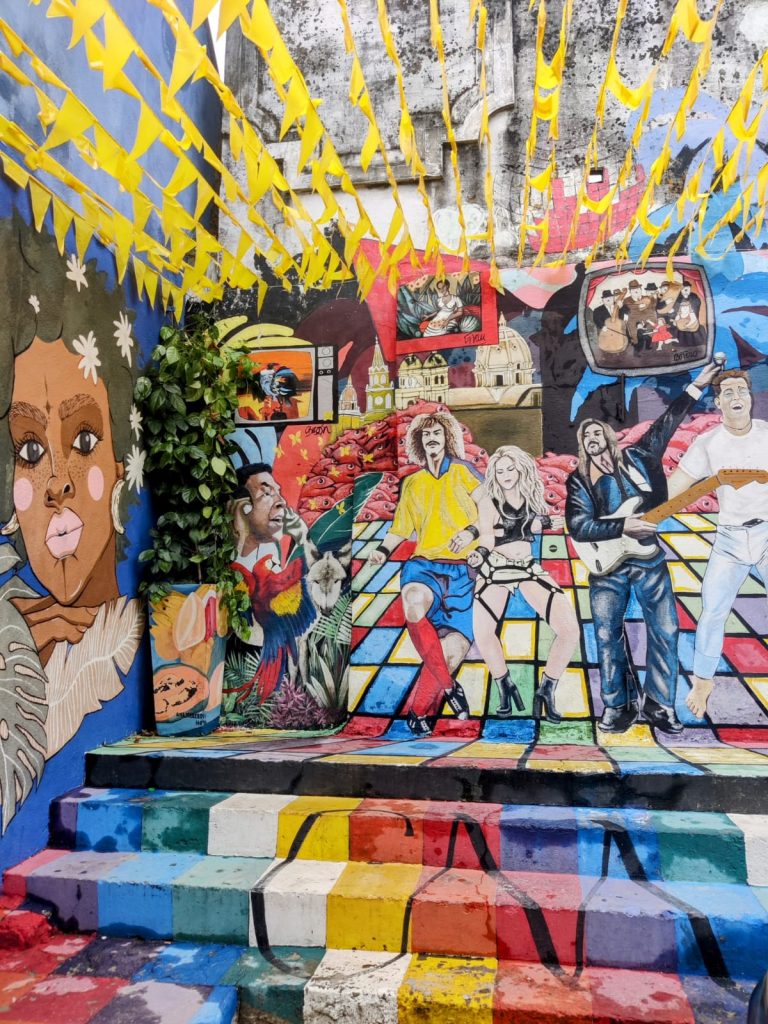
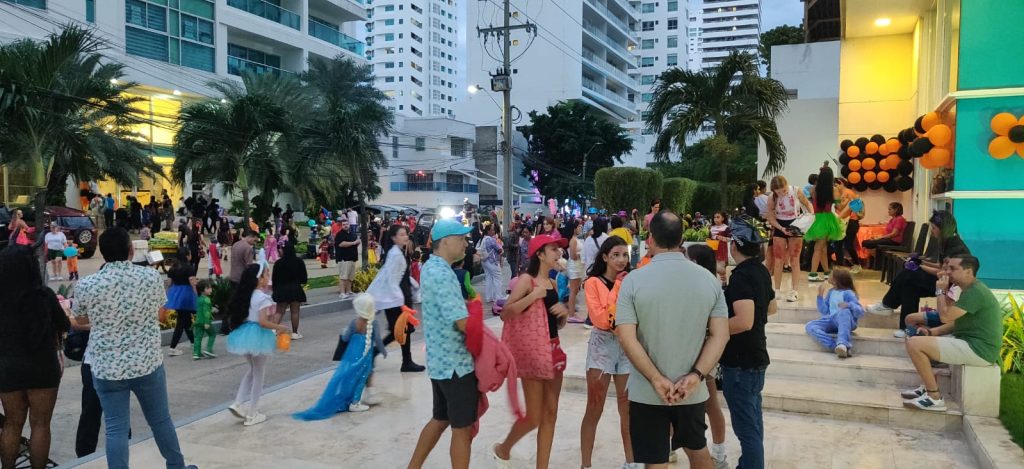
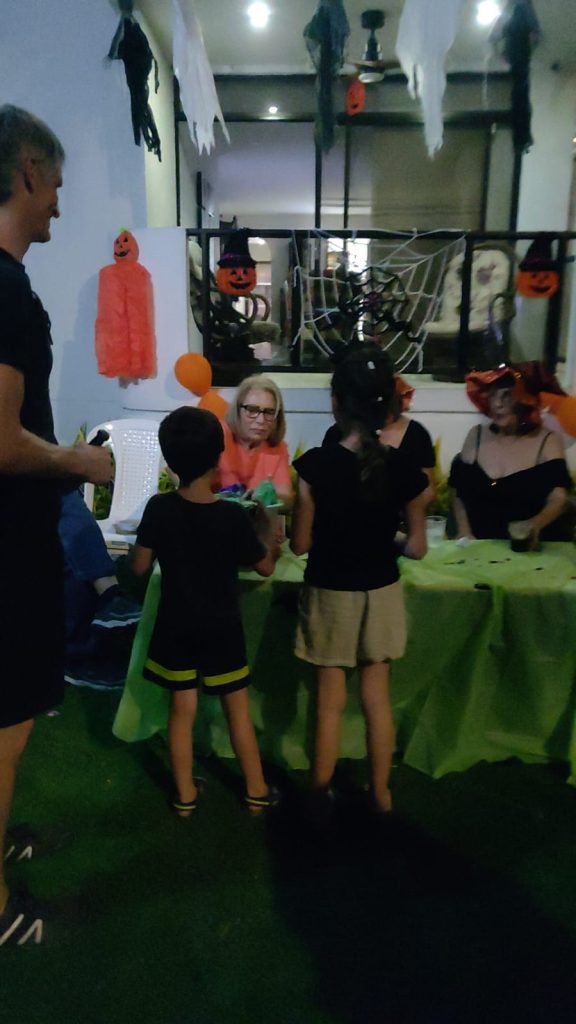
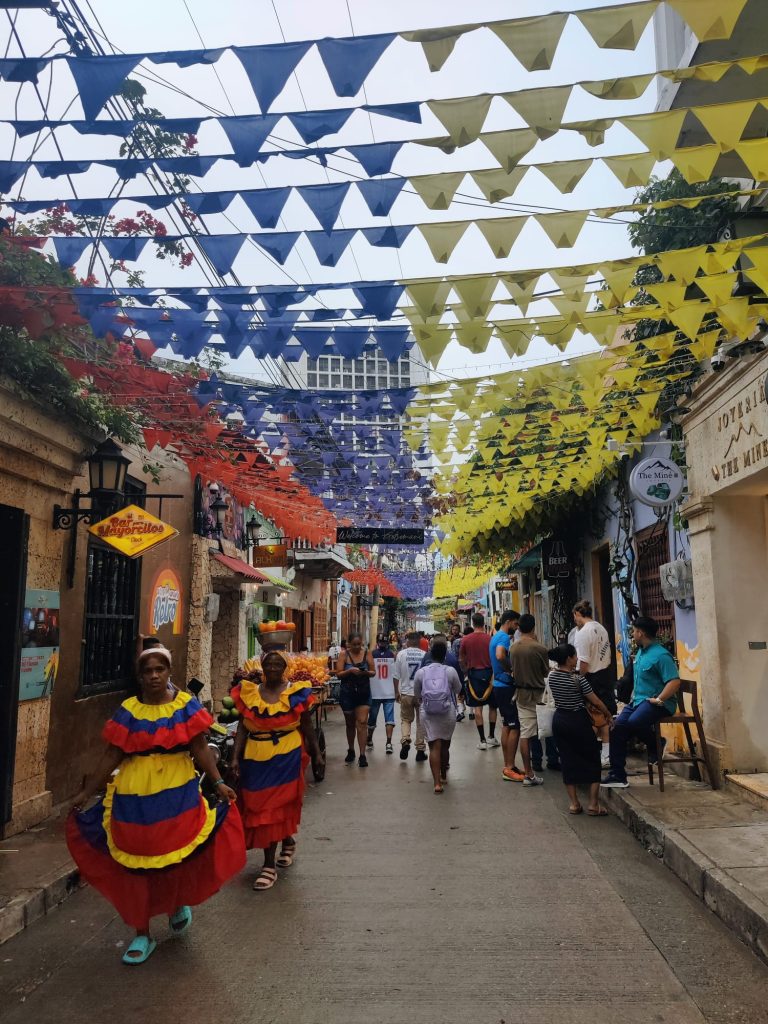
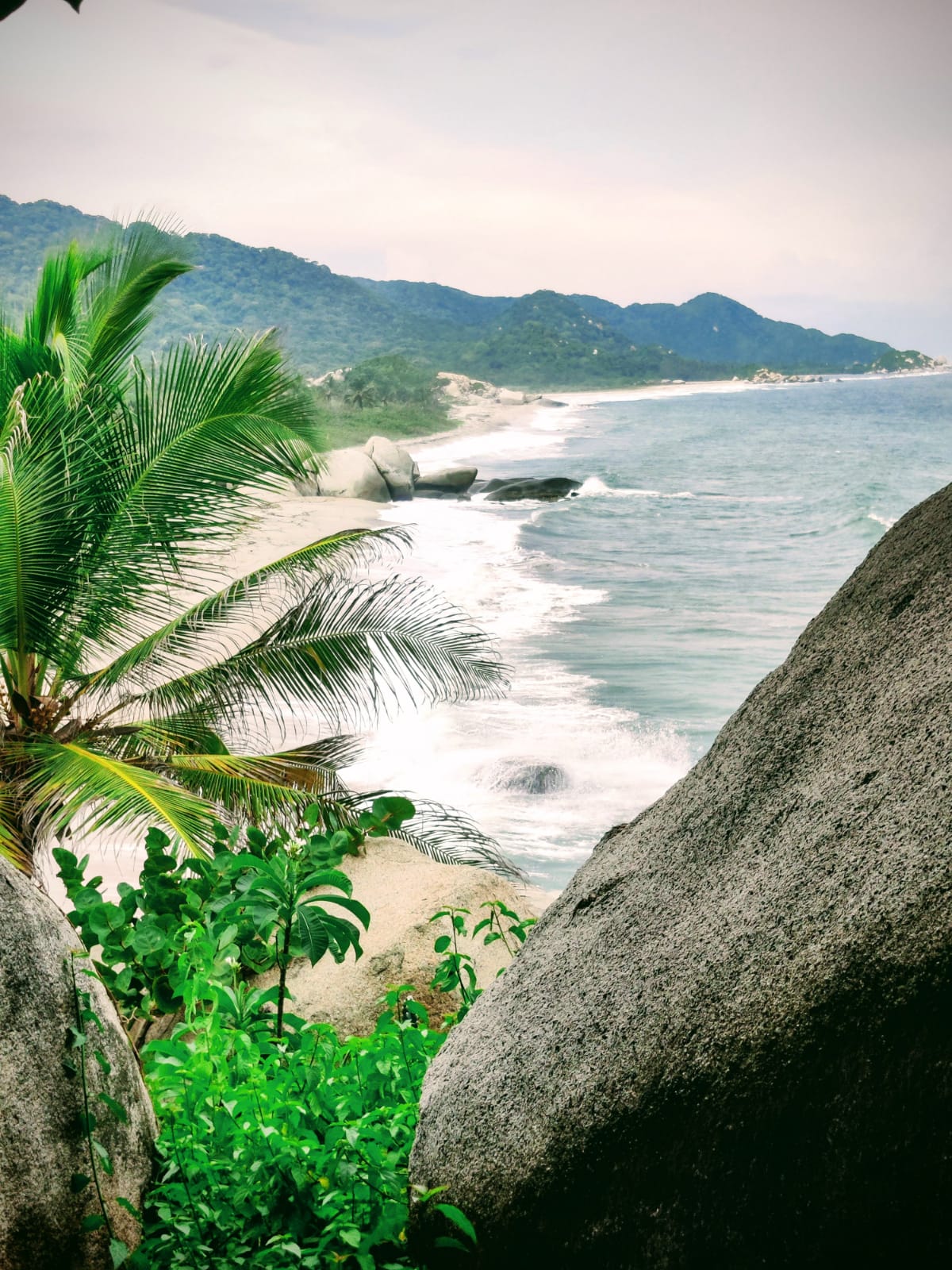
Leave a Reply